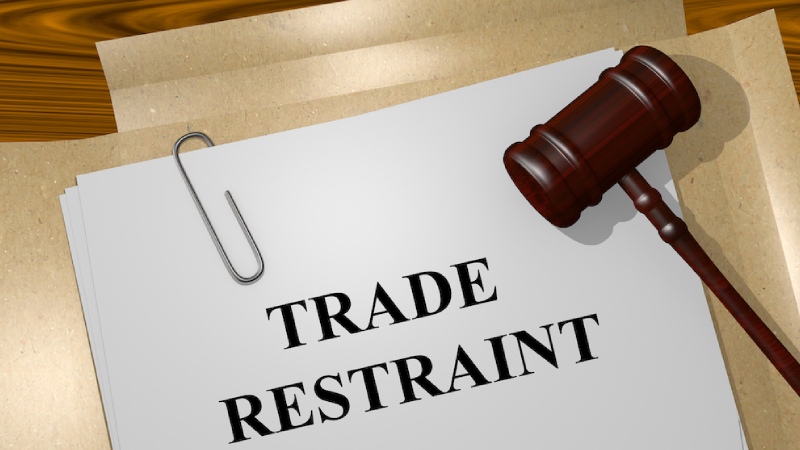Section 22 of the Constitution gives every citizen the right to choose their trade, occupation, or profession freely. The practise of a trade, occupation, or profession may also be regulated by law. This right is not absolute and can be restricted by means of a Restraint of Trade Agreement (hereinafter referred to as “ROTA”). These agreements are contracts in which one party (the employee) agrees with another party (the employer) to limit or restrict their future freedom to trade with another external party who was not a party to the employer/employee contract. In other words, the agreement restricts the employee from taking up employment in the same field for a certain period of time after the termination of the contract between the parties. There is no specific legislation regulating these agreements. However, more can be understood about these agreements through the precedents set out in case law.
Why do Businesses use ROTAs?
A ROTA is generally used to protect a business’s protectable proprietary interests. An employee is deemed to have a protectable interest if an employee has an intricate knowledge of the day to day operations and management of the employer’s business; as well as of the strategies that have been implemented or that have been developed and are due to be implemented.
How Does the Court Assess the Enforceability of a ROTA?
If there is a ROTA dispute between the employer and the employee, the law requires that the party alleging the unreasonableness of the ROTA bears the onus of proving it in Court. Usually, this translates to the employee having to prove that the ROTA is unreasonable. A ROTA is generally enforceable unless it is against public policy and the applicant fails to meet the requirements for a final interdict. Hence, for a ROTA to be enforceable, it needs to satisfy two requirements, namely a requirement for a final interdict and the public policy test. The final interdict requirements are set out in the case of Setlelogelo v Setlelogelo which includes the following:
- A clear right on the part of the applicant must exist,
- An injury actually committed or reasonably apprehended,
- Lastly, no other satisfactory remedy available to the applicant.
The last requirement to satisfy is the public policy test which addresses whether the ROTA is reasonable and in line with public policy mainly having reverence for Section 22 of the Constitution. In the case of Magna Alloys and Research (SA) Pty Ltd v Ellis the Court held that a restraint of trade agreement is enforceable if it is reasonable and not against public policy. The Magna Alloys decision has further settled the issue of severability and partial enforcement. As it held, a Court may declare an agreement in restraint of trade either wholly or partially enforceable.
When determining the reasonableness of an employer’s restraint, the courts assess the protectable proprietary interest of the business contrasted with how broad the restraint is in terms of the geographical area and the time frame placed on the restraint coupled with the capacity in which the employee will be restrained from working in. The case of Basson v Chilwan and Others sets out the test used by the Court to determine reasonableness as below:
- Did one party have an interest worthy of protection on termination of the contract?
- Was the interest being prejudiced by the other party? If so, did the interest of the party
complaining weigh up, both qualitatively and quantitatively, against the interest of the other
party to justify the fact that the latter would become economically inactive and unproductive? - Is there some other consideration of public policy that requires enforcement?
- Does the restraint go further than is necessary to protect the interest of the party seeking
enforcement?
The Court generally weighs up the factors above in granting a final order in favour of the plaintiff or the respondent.
Conclusion
As an employer, it is essential that a business’s proprietary interests be protected through ROTAs that are drafted in line with public policy, or the agreement will be deemed unreasonable. As an employee, it is imperative to read the contract of employment and request the employer to clarify any provisions that are unclear or that may affect certain rights and freedoms adversely. If both employer and employee agree and understand the terms of the agreement and the implications, an expensive legal battle may be avoided.


Recent Comments